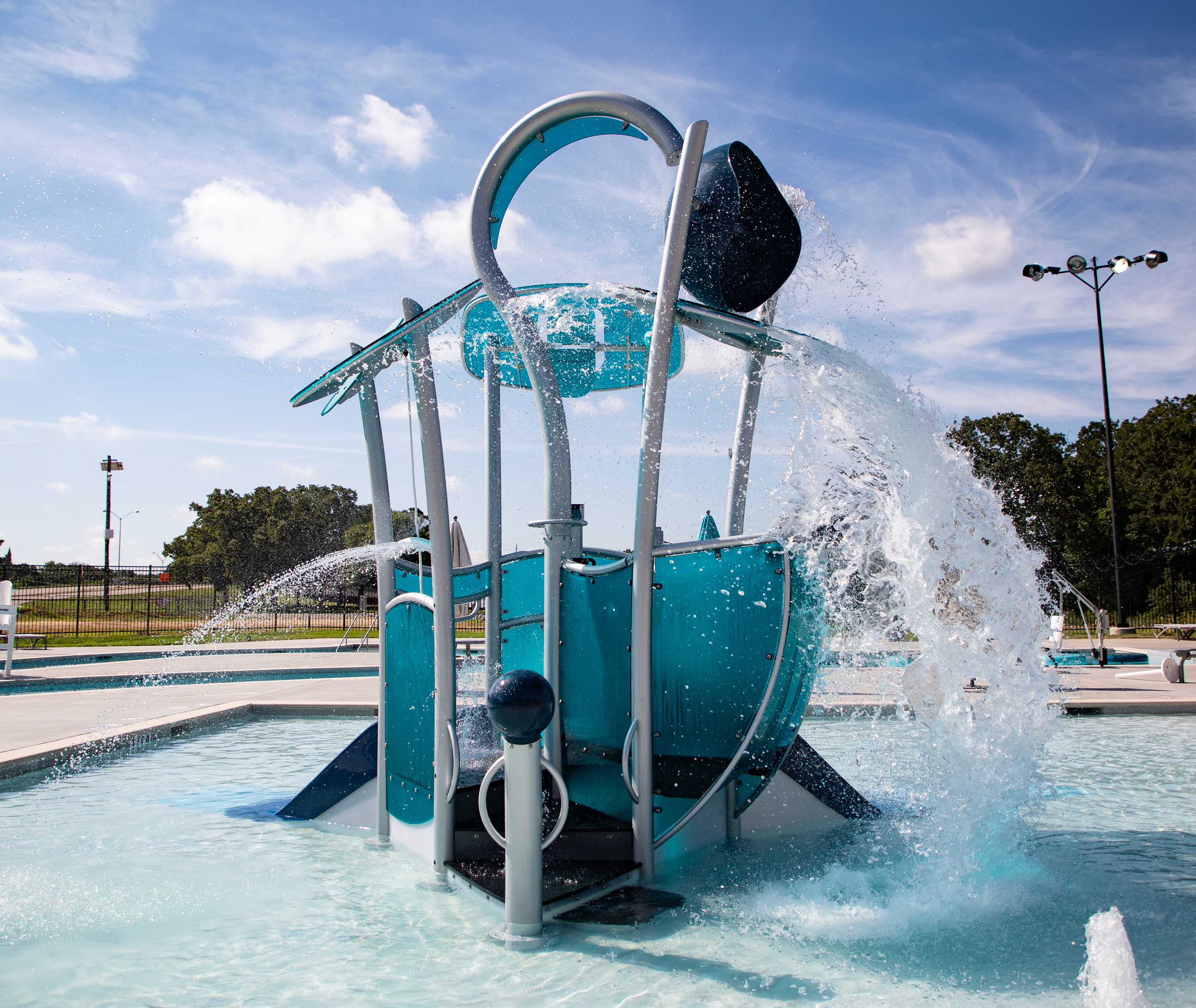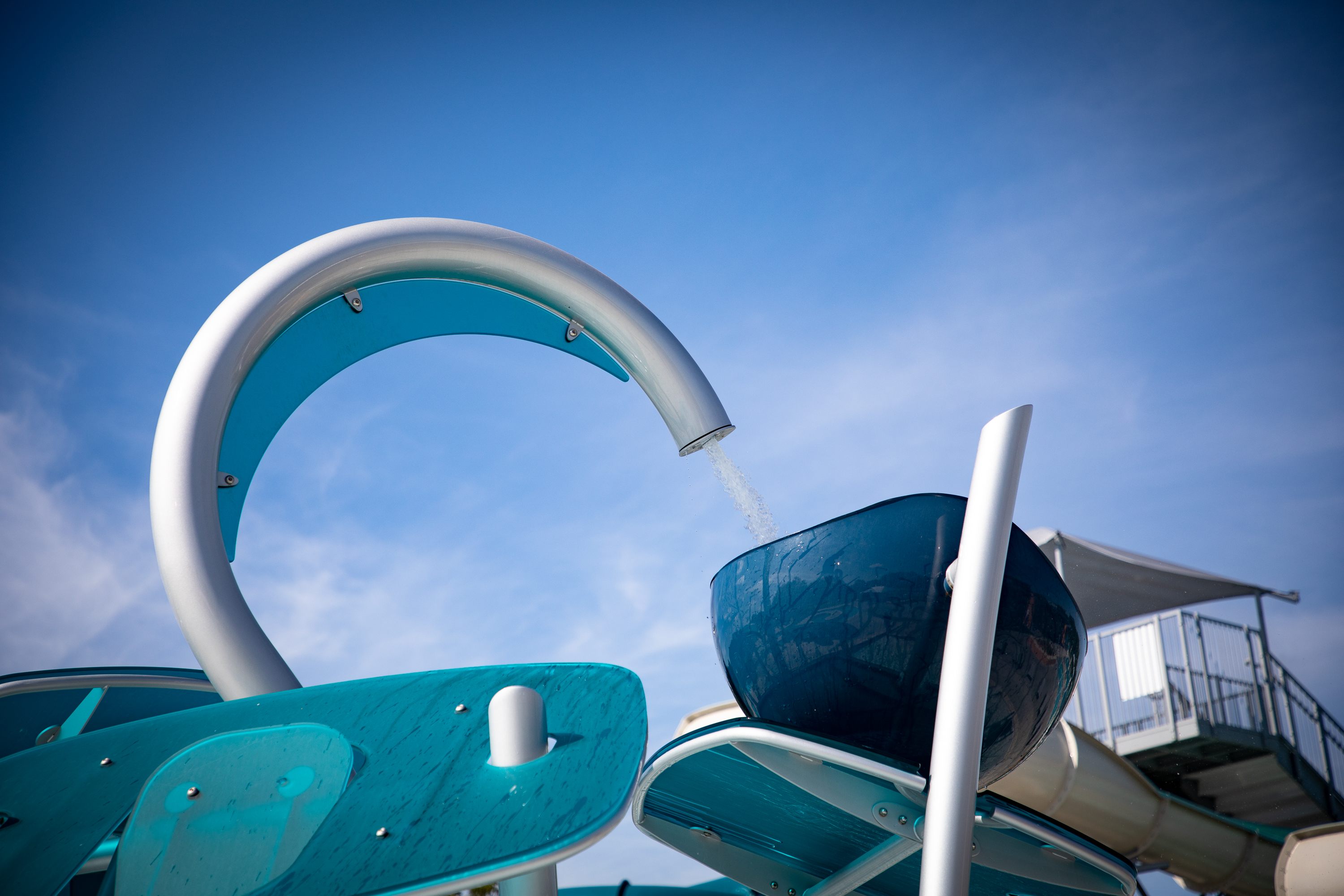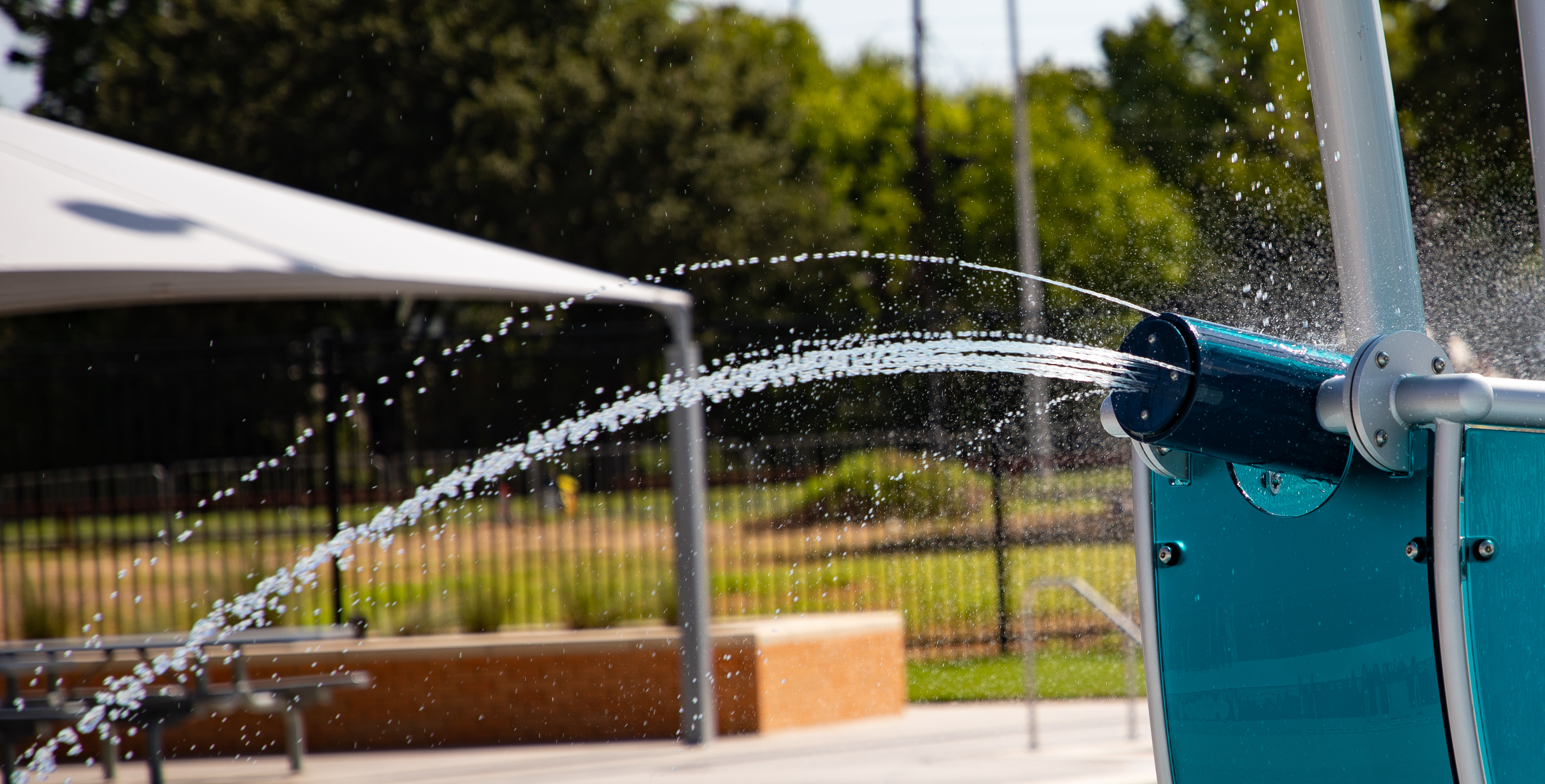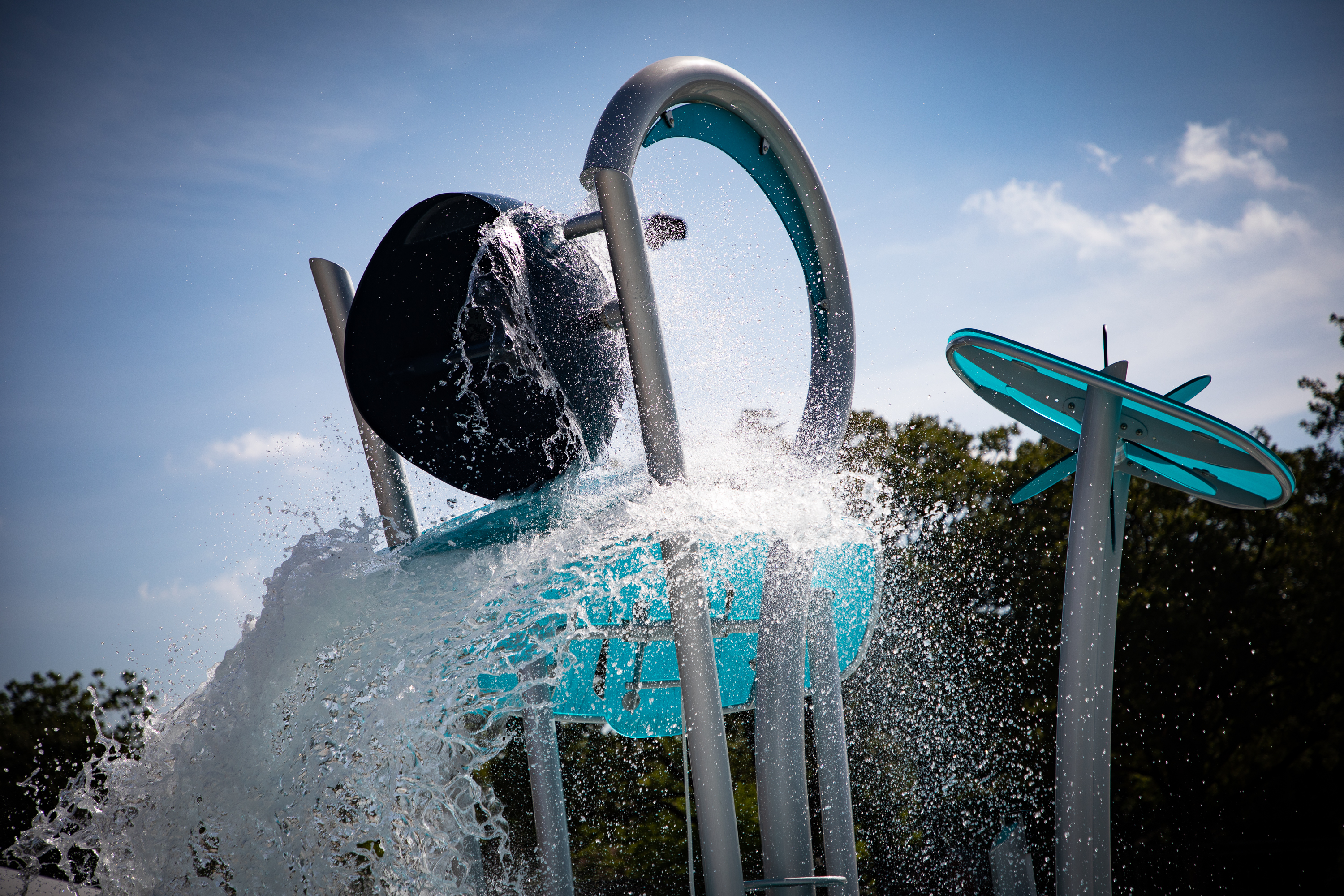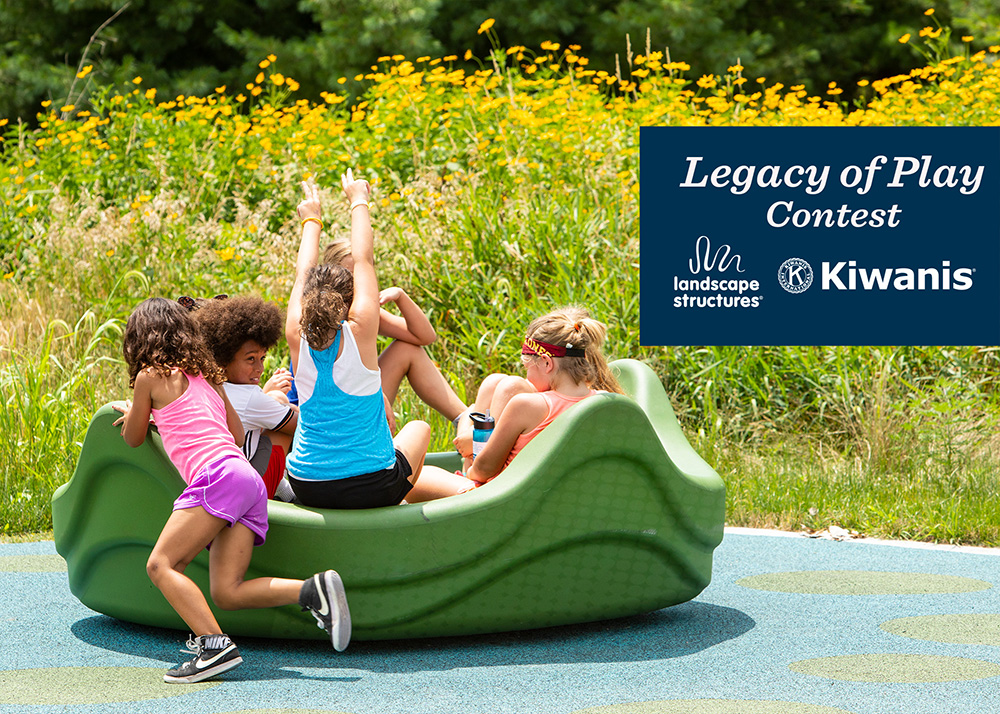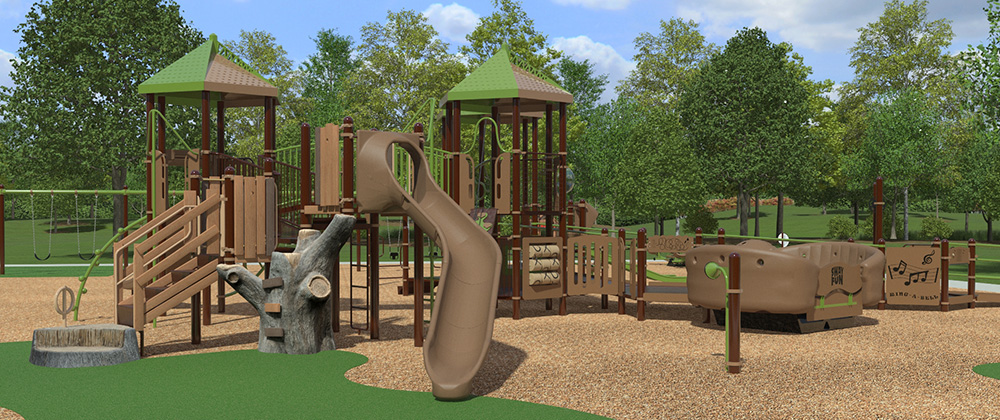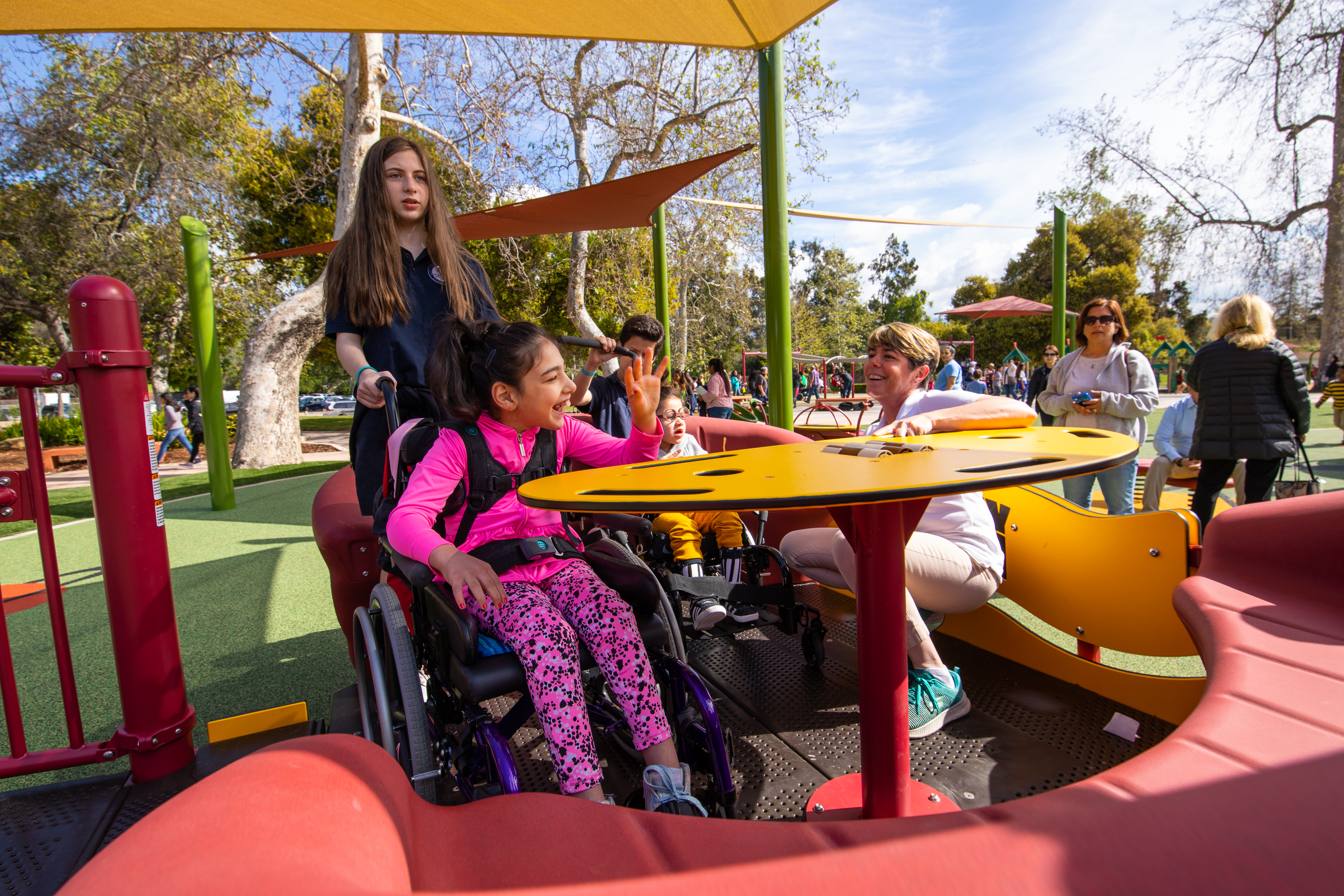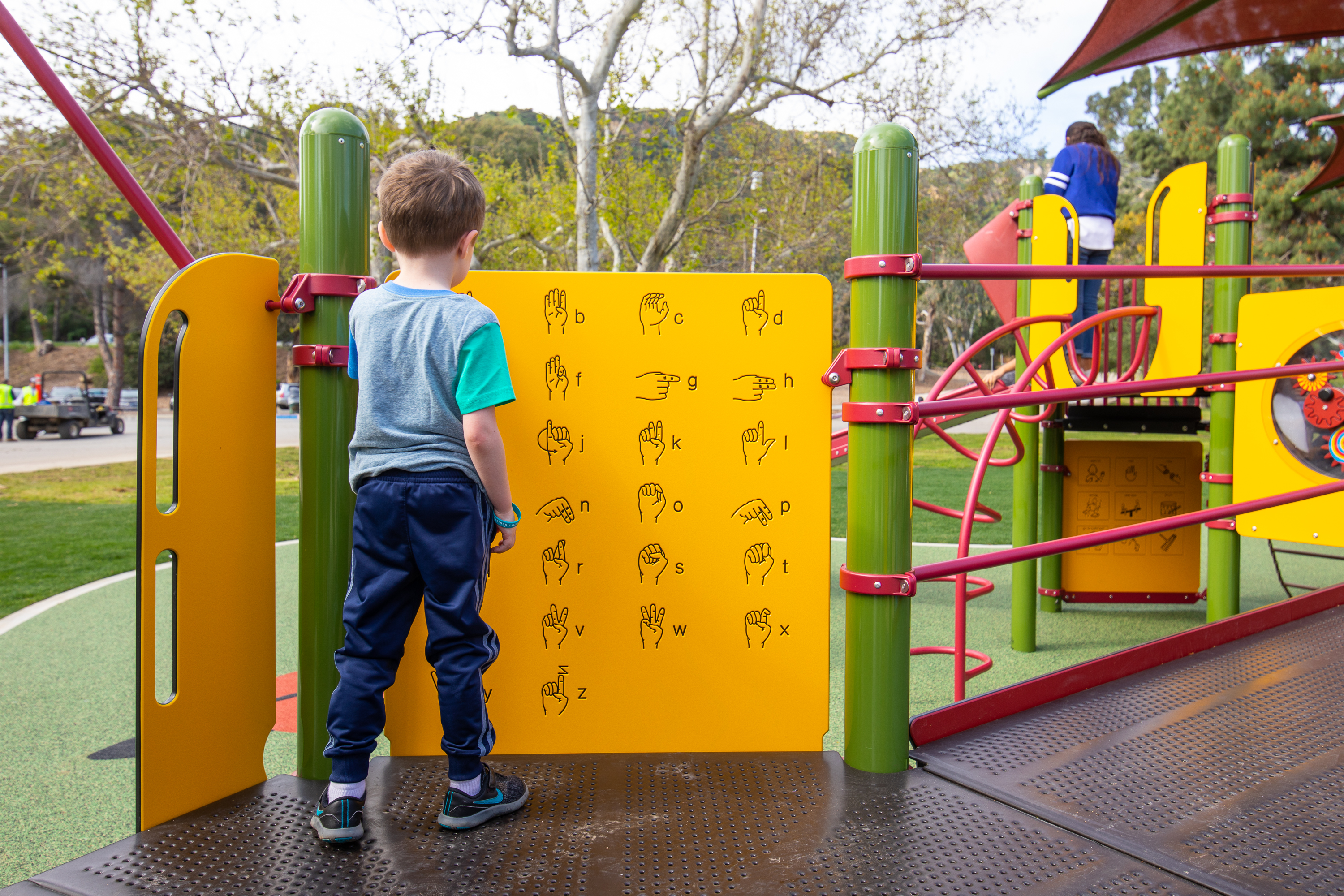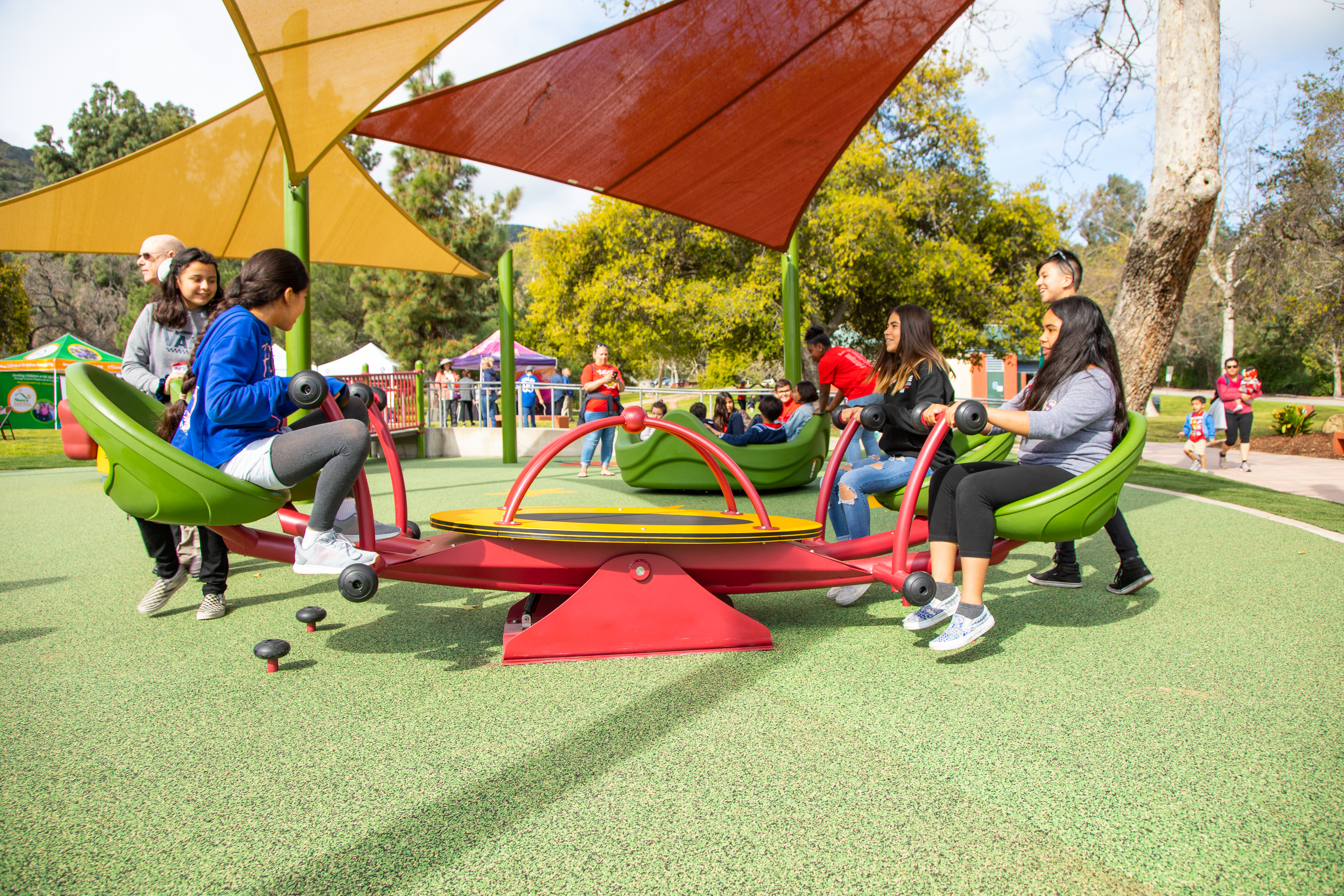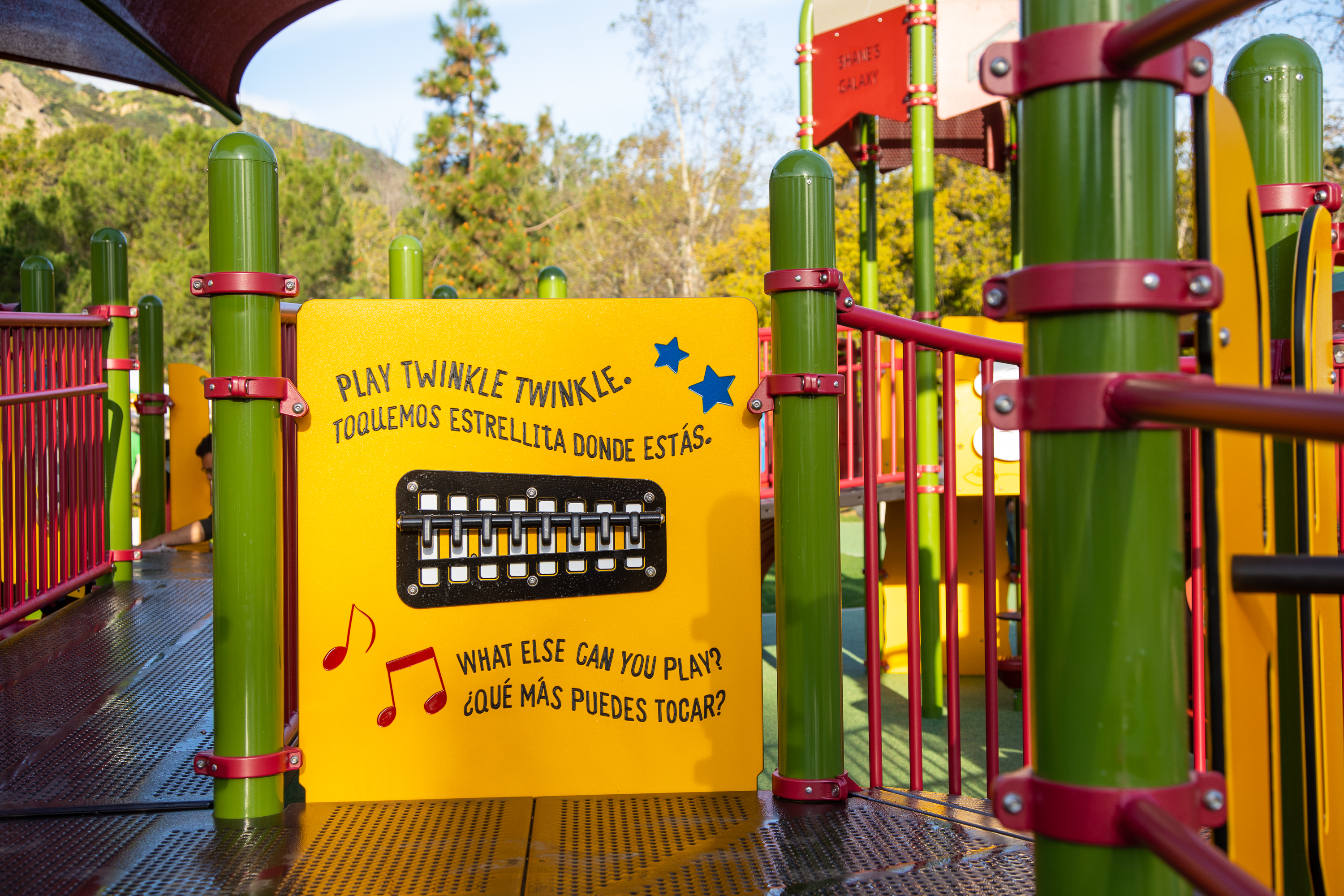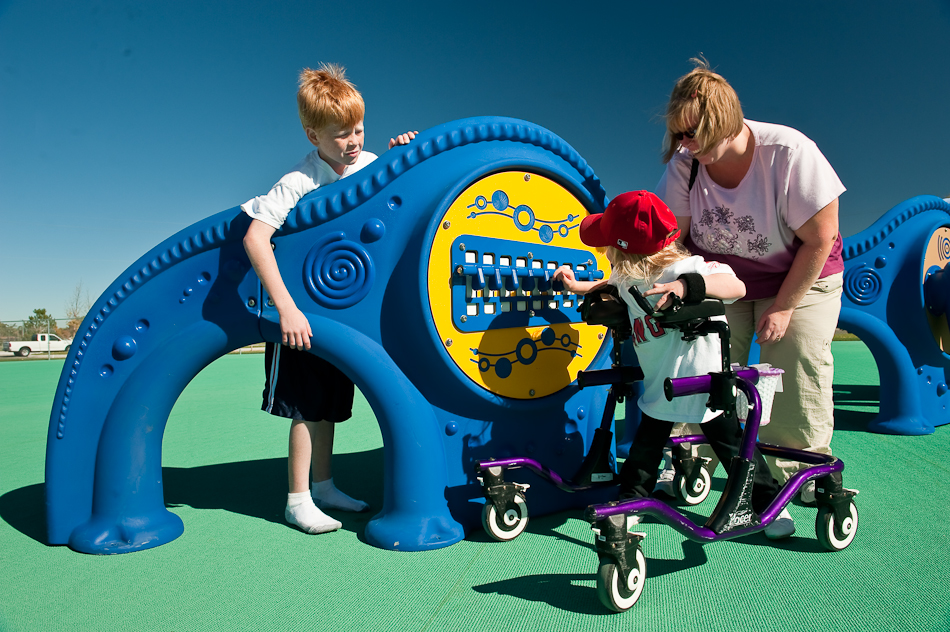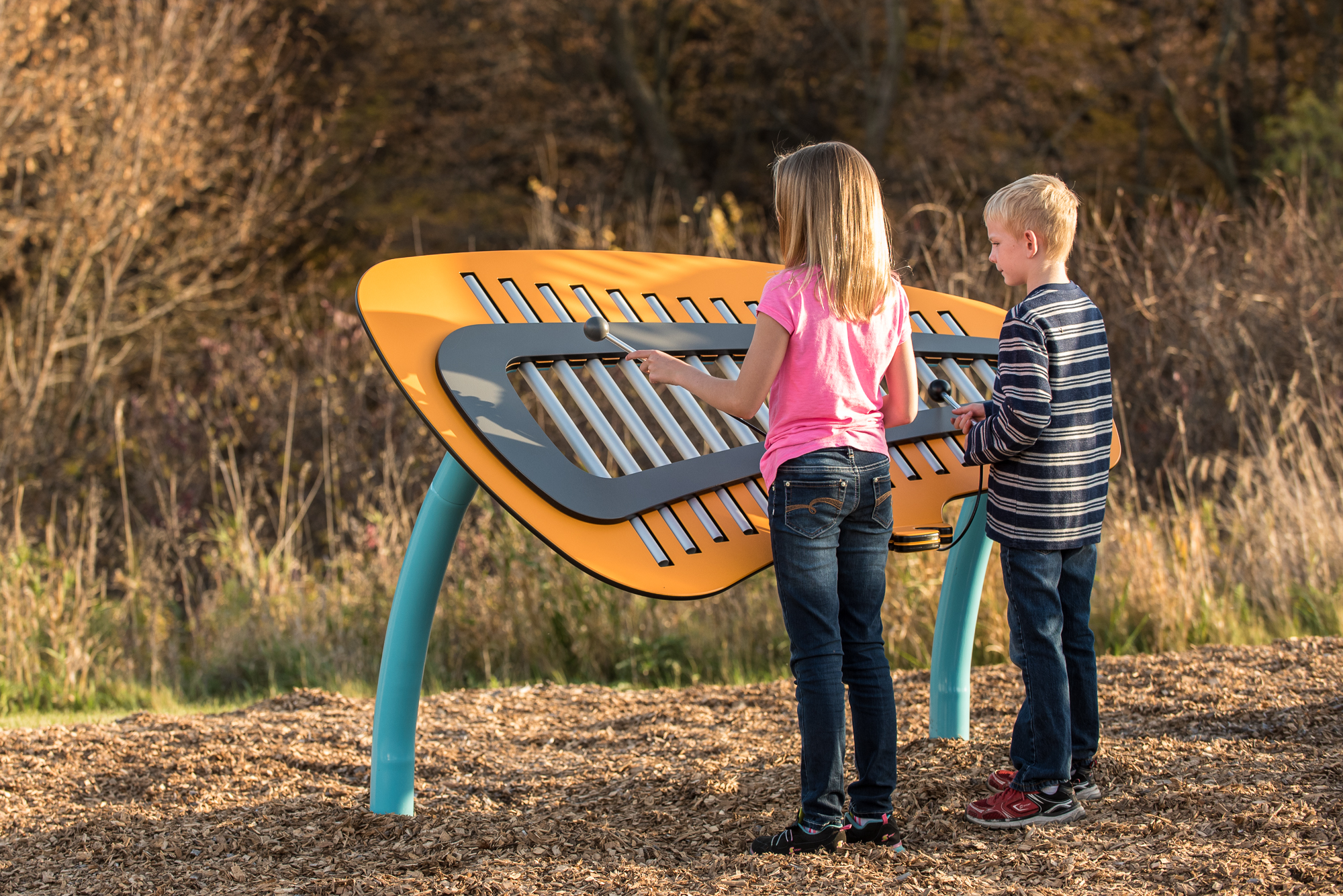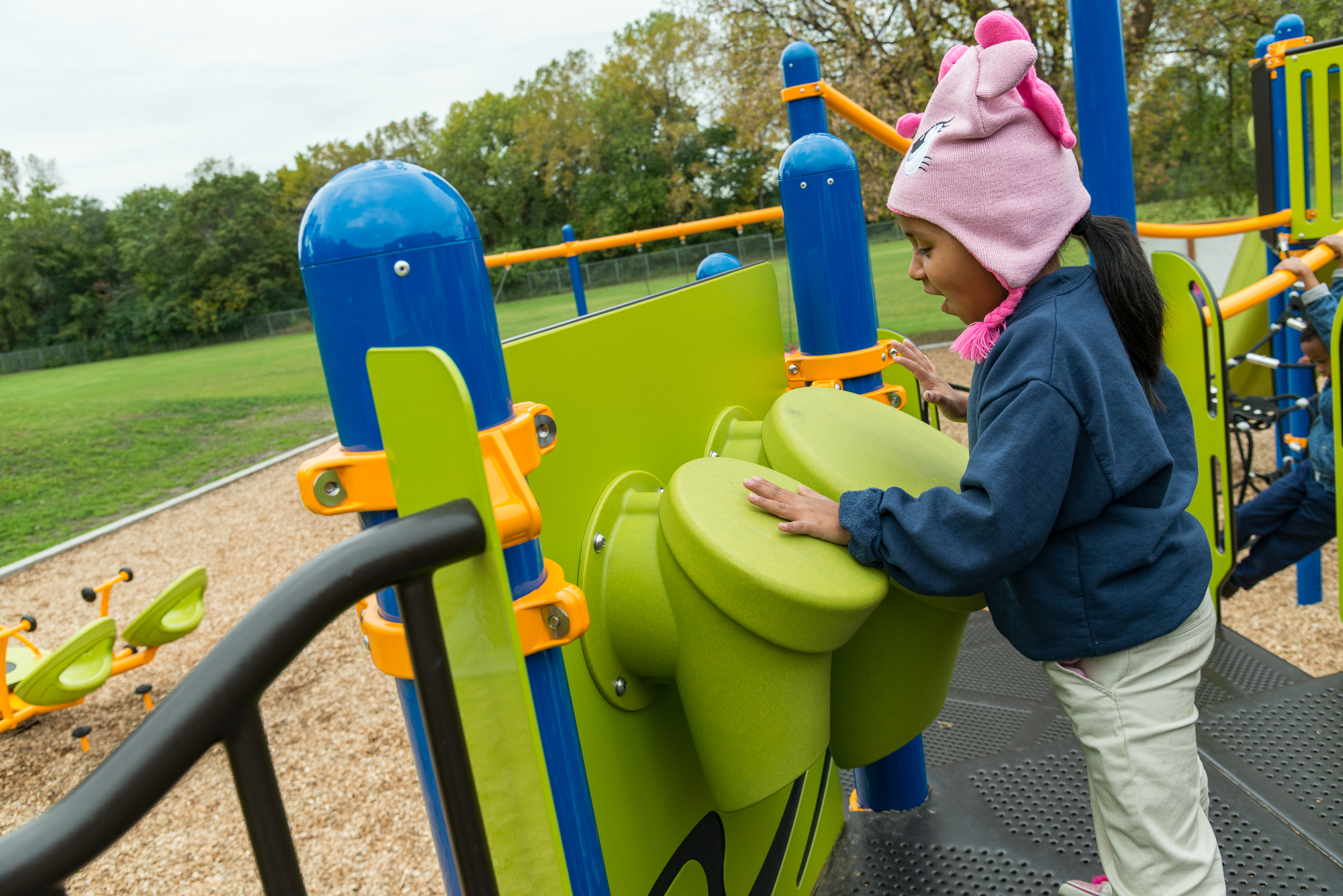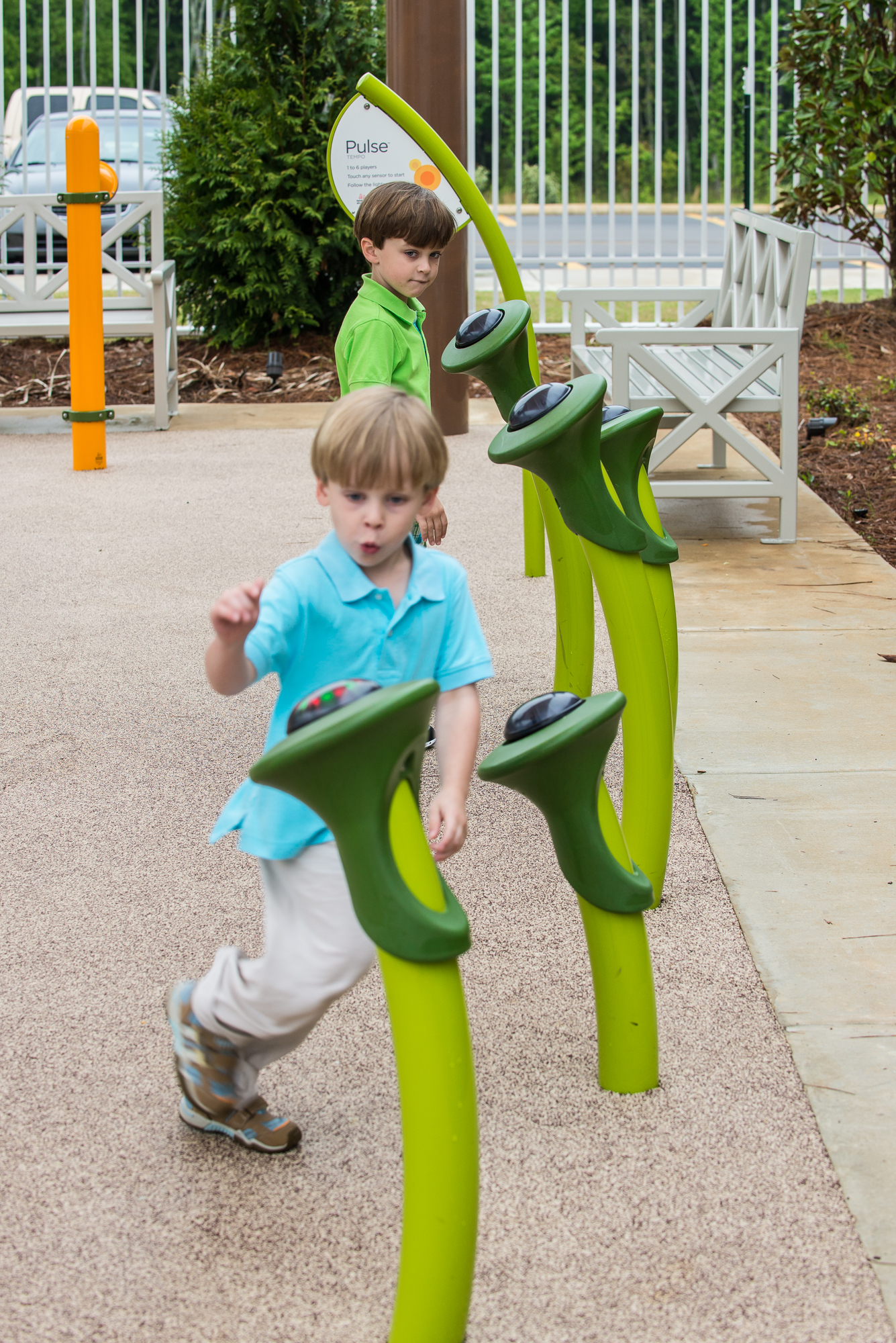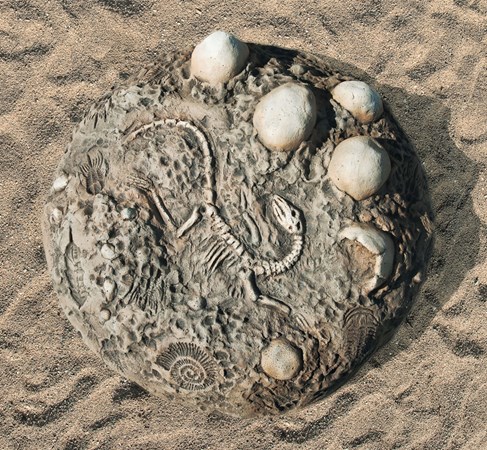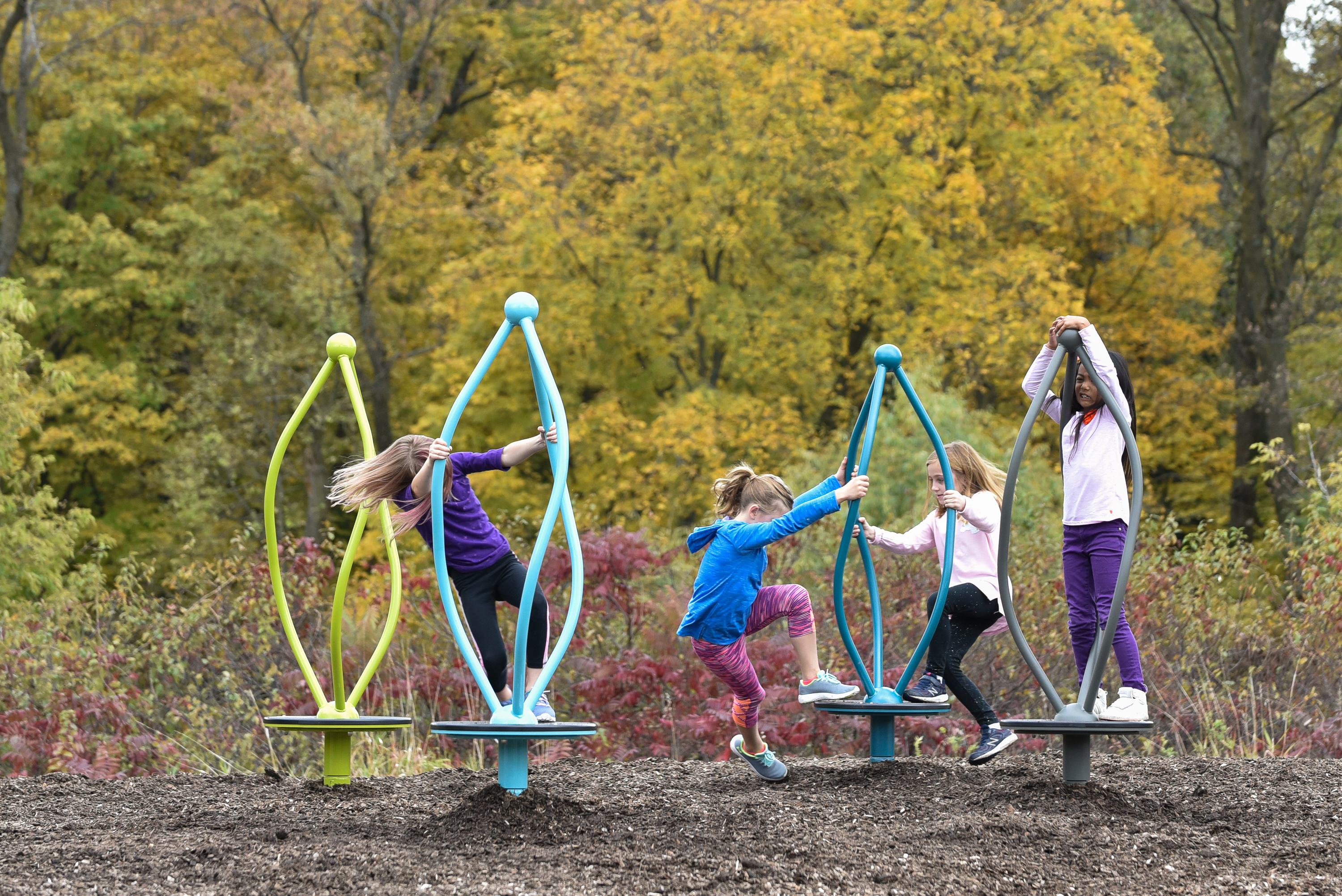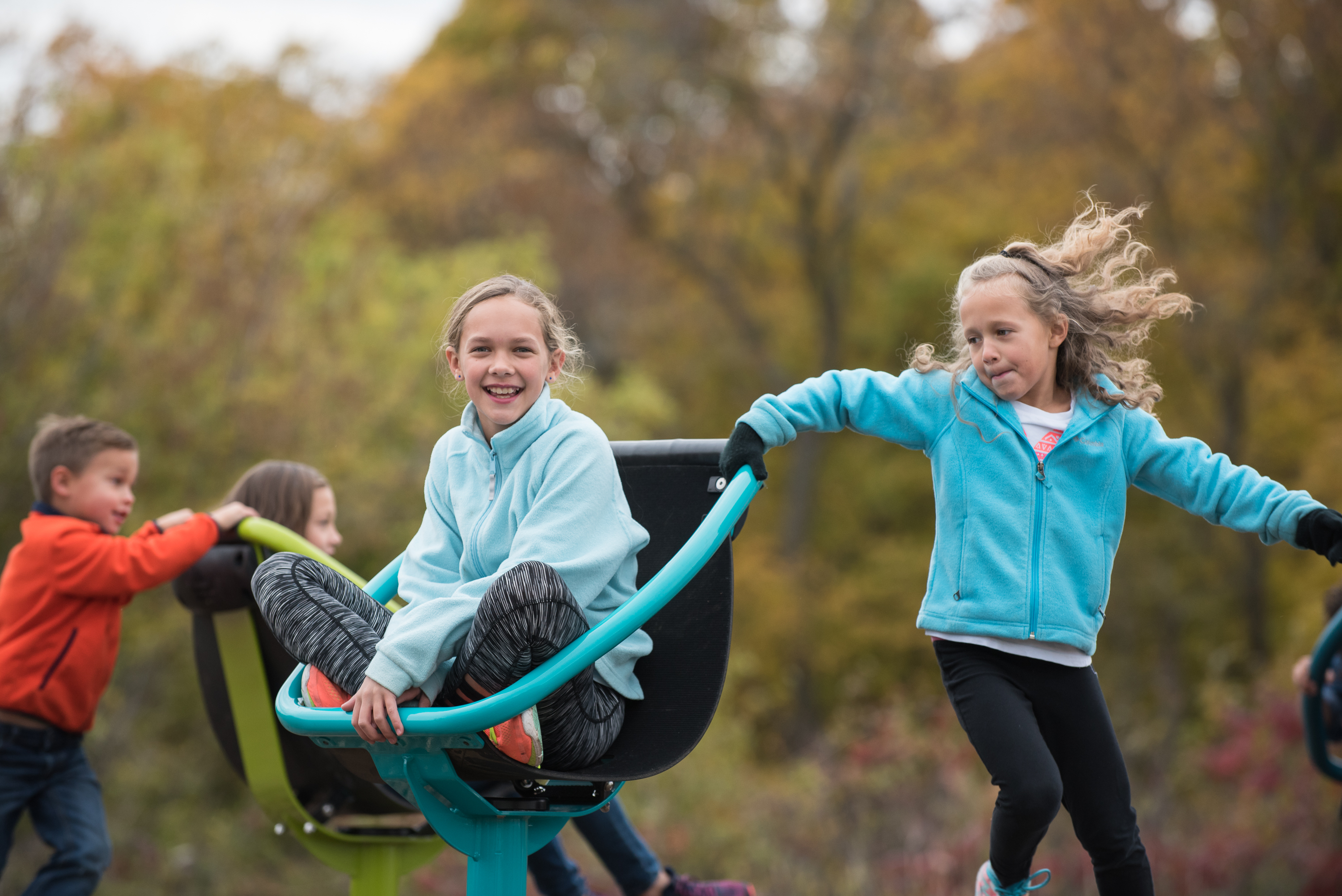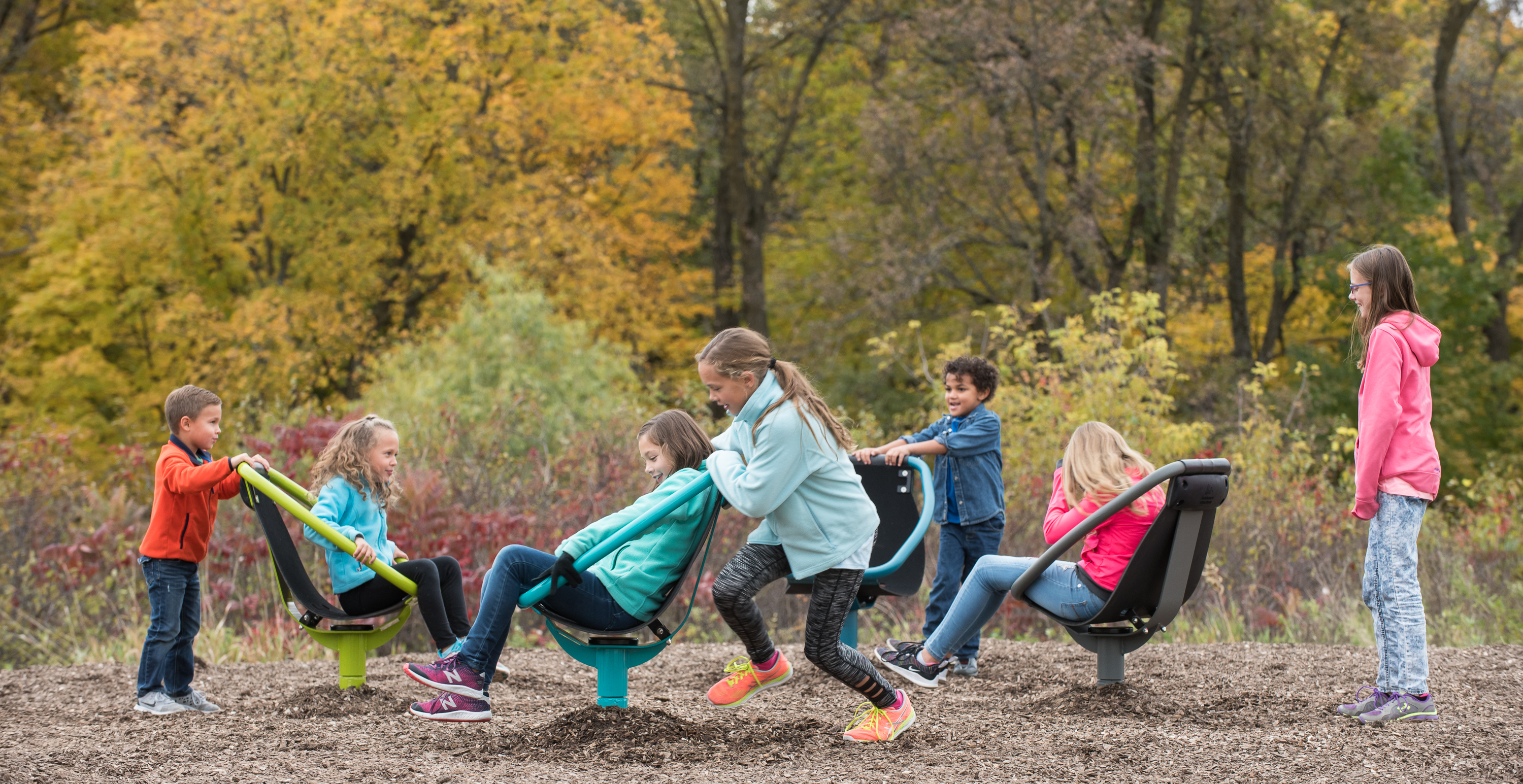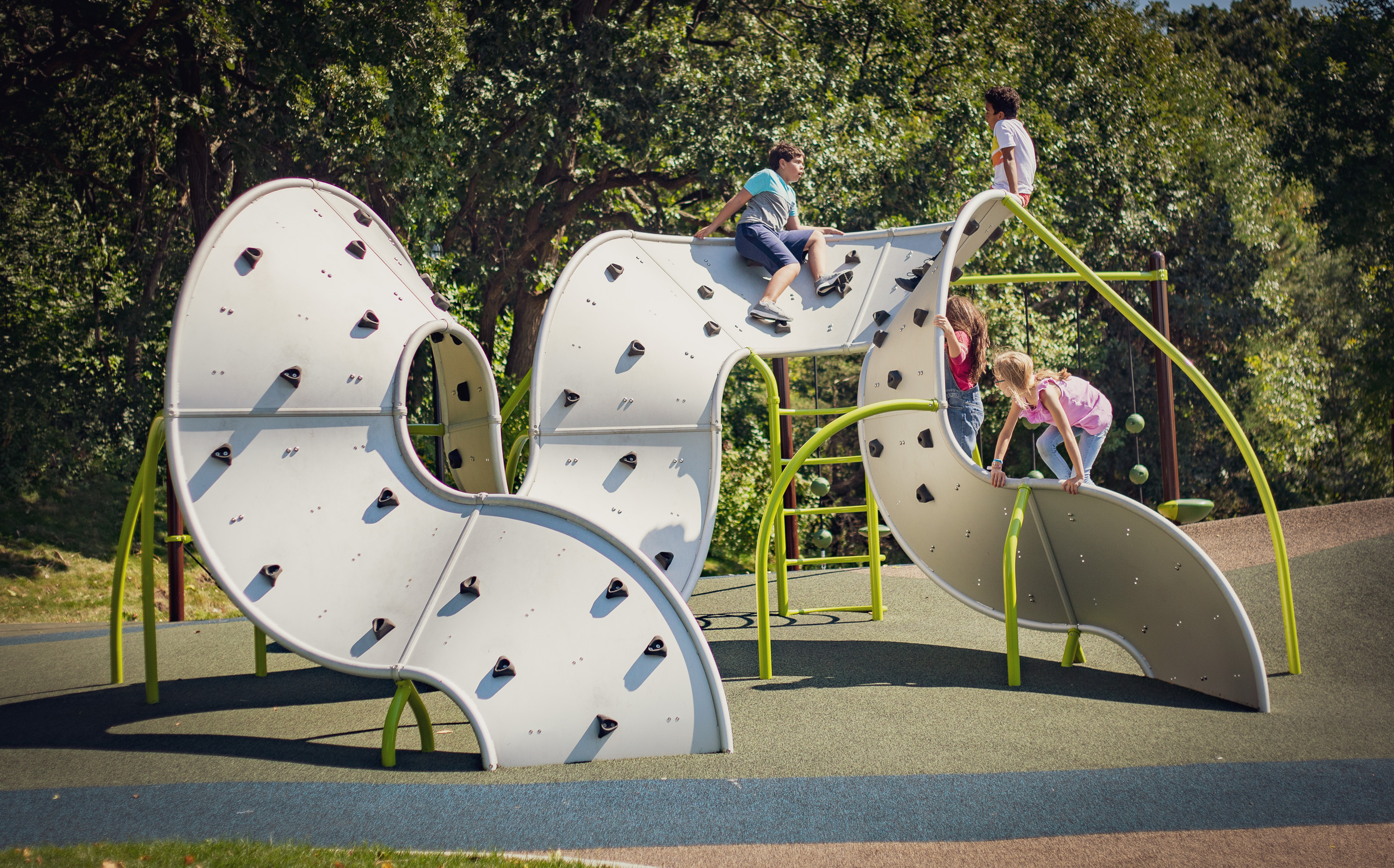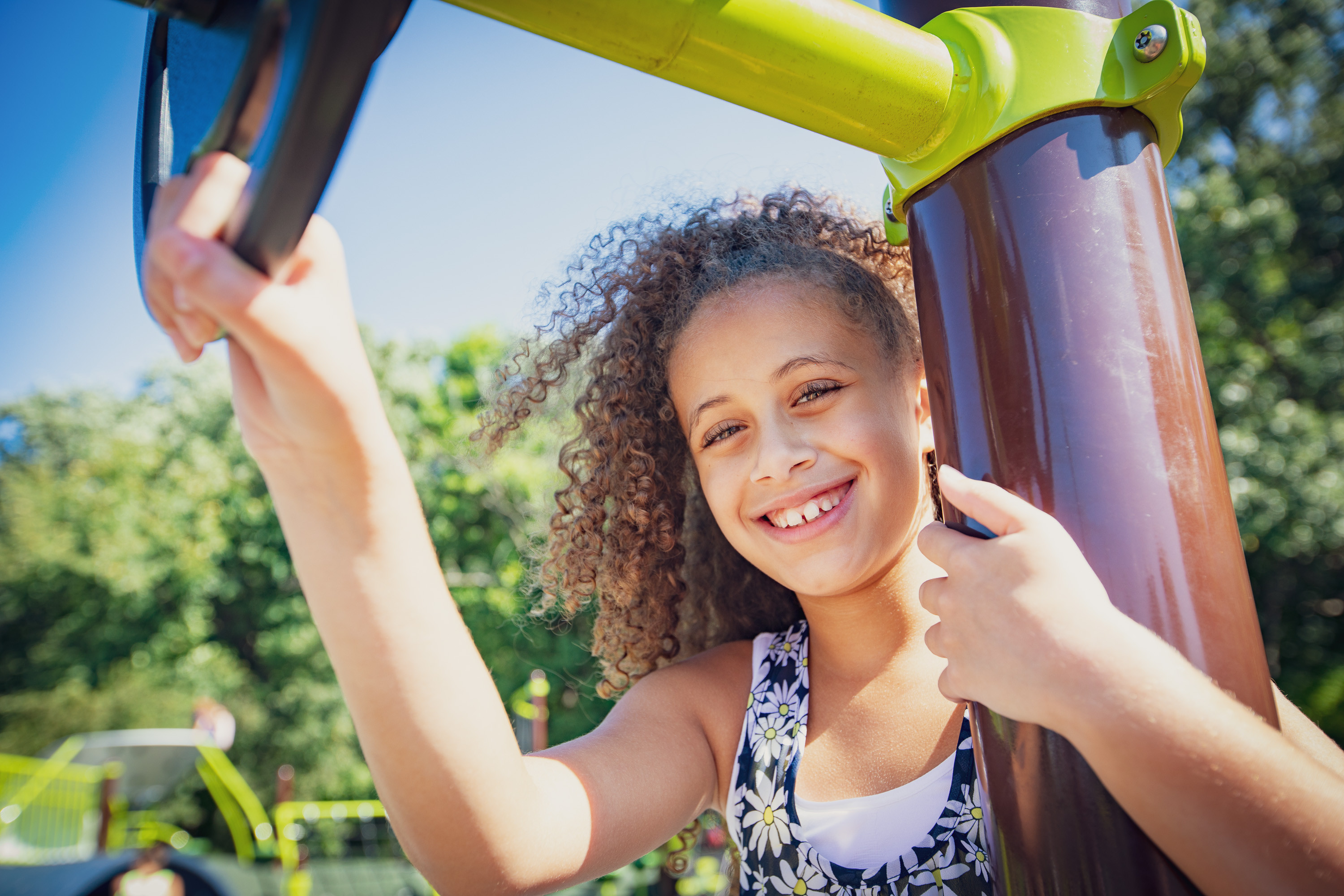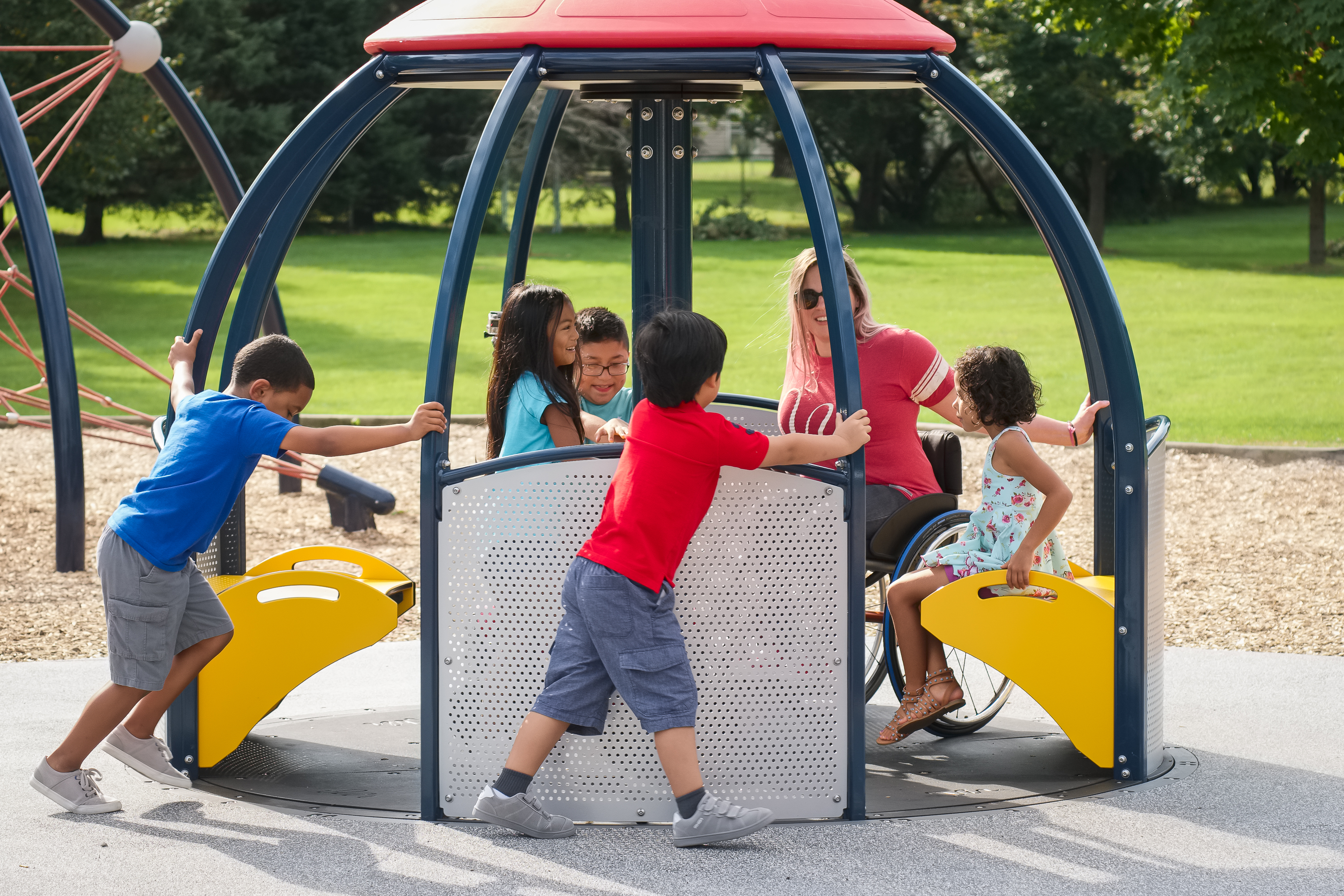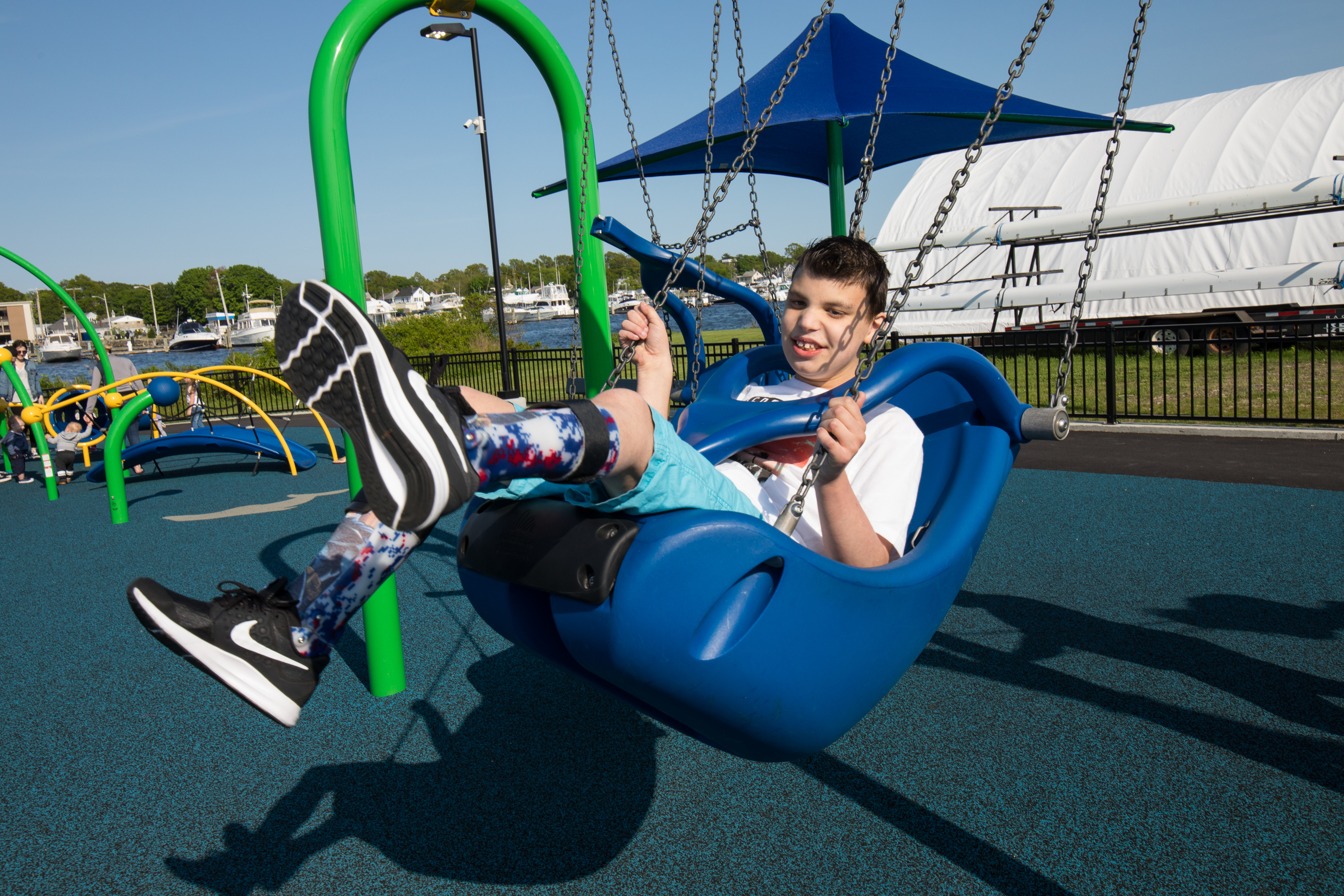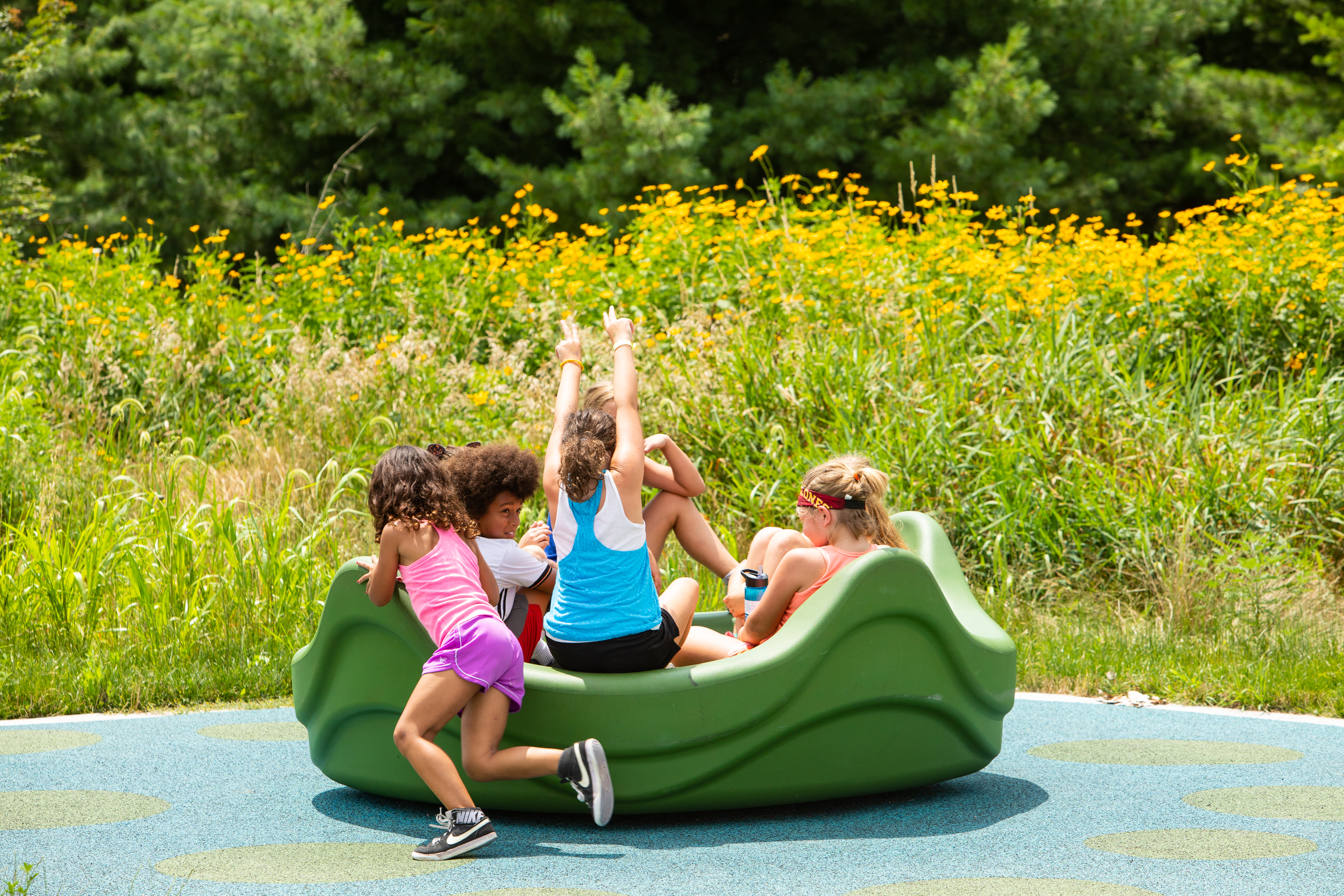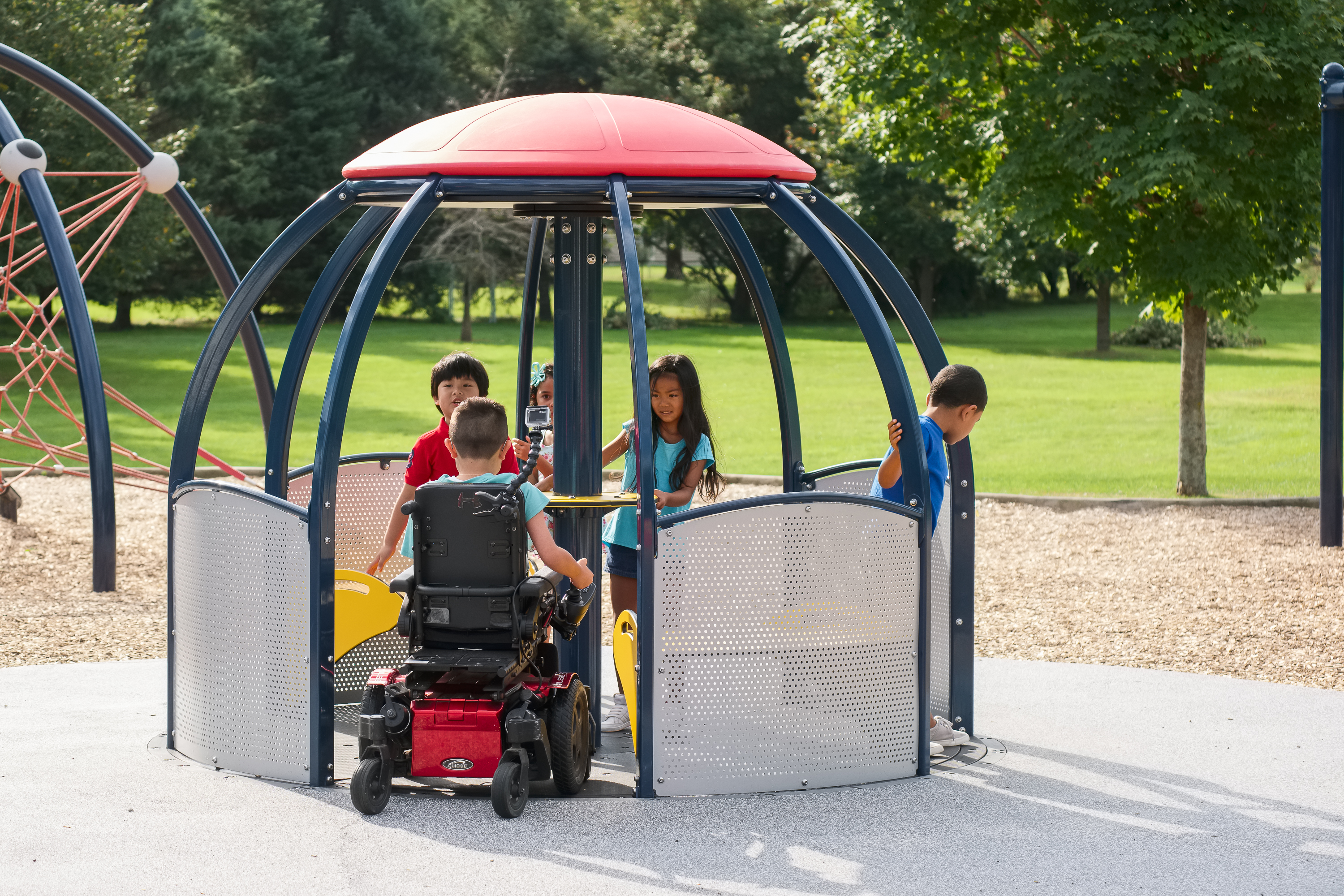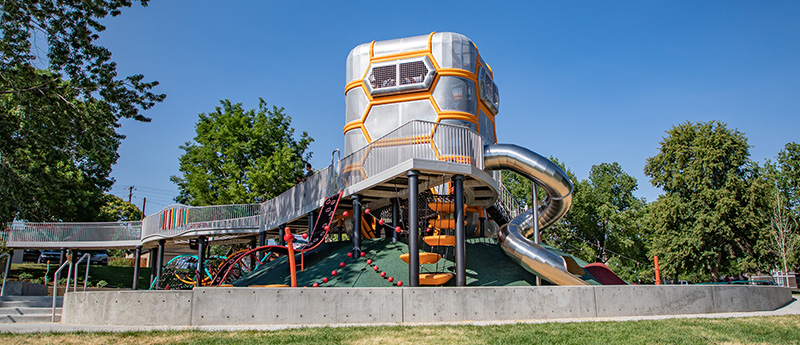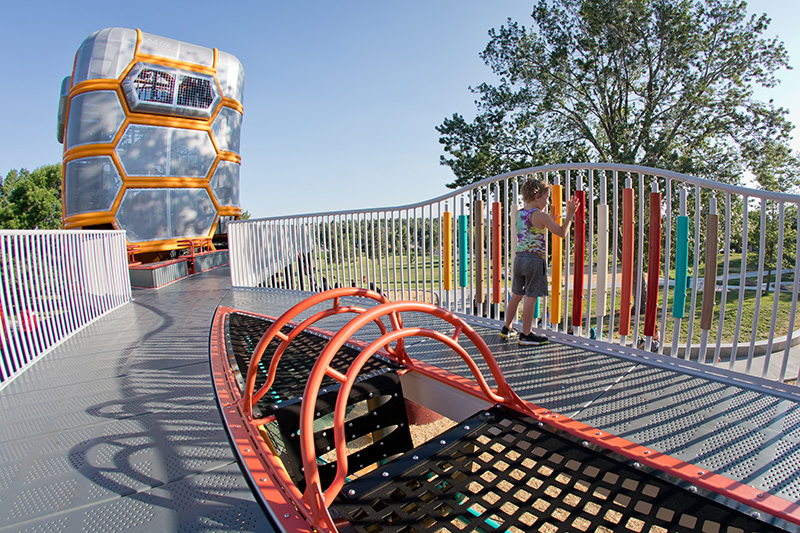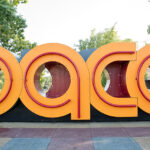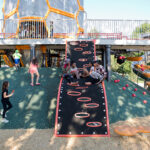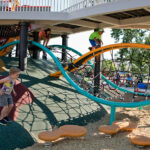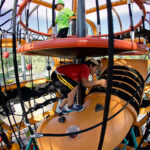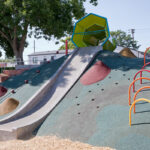On Monday, more than 100 principals representing the National Association of Elementary School Principals (NAESP) came together to build a playground at Adams Elementary School in Spokane, Wash. The community service day was part of the 2019 NAESP Pre-K-8 Principals Conference held in Spokane.
Principals from across the country are welcomed to the school in Spokane where they will build a playground! Rocking it for kids! Thanks to our friends @PlayLSI! You all are rock stars! @NAESP #naesp19 pic.twitter.com/Jd9CqpFsQJ
— Eric Cardwell (@Cardwell16) July 9, 2019
The school playground was designed for students ages 5 to 12, and features playground slides, climbers, and activity panels in addition to overhead events and bridges. The playground is ADA compliant and designed to welcome children of all abilities. In addition to building the playground, principal volunteers participated in landscaping, painting and other beautification projects at the school.
What an awesome day of giving for @naesp and Adams Elementary. We had a great time building the new @PlayLSI playground. It was a bummer telling the kids they had to wait 72 hours to play on it. We could see how excited they were. Thanks @DrSGeis for the recommendation. So fun! pic.twitter.com/HiZI9OqADx
— Bret Domstrand (@bretdom) July 10, 2019
TEPSA was in the house…or, on the playground, to help with a playground build @spokaneschools @NAESP #NAESP19 @TEPSAtalk #WeLeadTX @PlayLSI pic.twitter.com/qZRZU12fQv
— Mark Terry (@tepsamark) July 9, 2019
More playground pictures! @NAESP @PlayLSI @SuperPWCS @ToddErickson15 pic.twitter.com/iof4XmOg1H
— Susan (@susan_danielson) July 10, 2019
As you can see from the tweets, principals had a blast during the build. This community service day marks the 11th anniversary of our partnership with NAESP to build a playground at a deserving elementary school.
We came. We saw. We built (a really awesome playground). Another #NAESPServiceDay19 is in the books. #NAESP19 pic.twitter.com/x8Eu6Tli9z
— National Assoc. of Elementary School Principals (@NAESP) July 9, 2019
See more about the playground build from The Spokesman-Review.

